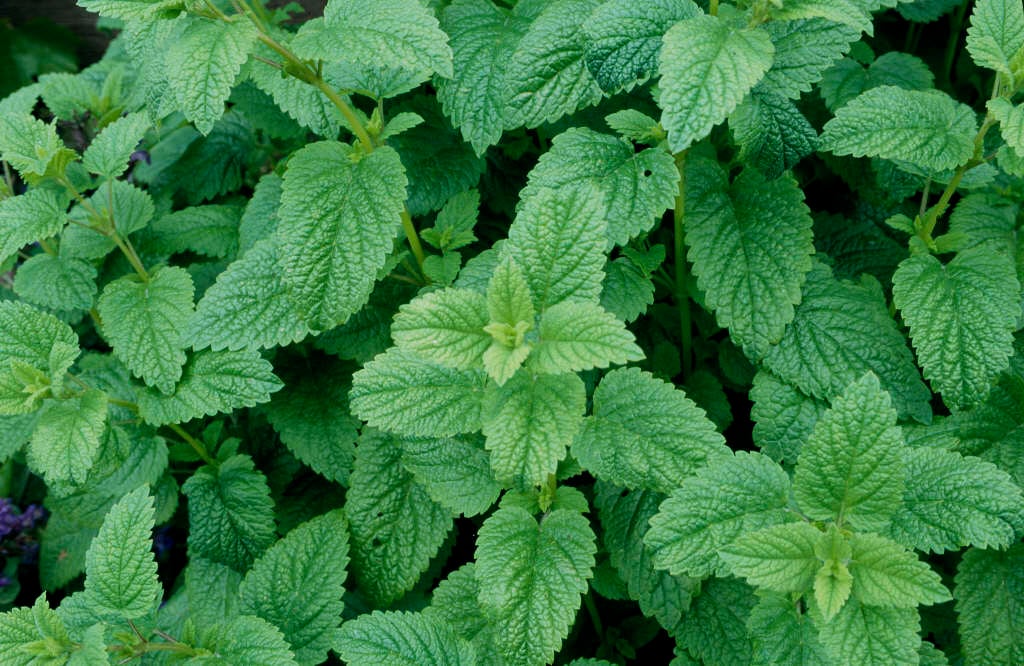Melissa officinalis
lemon balm
An aromatic, bushy perennial up to 1m tall and wide. Heart-shaped leaves are lemon-scented with scalloped edges are 2-8 cm long. Leafy spikes of creamy-white or pale purple flowers are full of nectar, attracting bees and other pollinators in summer. The leaves are often used as a culinary herb
Other common names
balmbalm leaf
see morebalm oil plant
barm leaf
bee balm
dropsywort
honey plant
pimentary
sweet balm
sweet Mary
tea balm
Size
Ultimate height
0.5–1 metresTime to ultimate height
2–5 yearsUltimate spread
0.1–0.5 metresGrowing conditions
Moisture
Well–drainedpH
Acid, Alkaline, NeutralColour & scent
| Stem | Flower | Foliage | Fruit | |
| Spring | Green | |||
|---|---|---|---|---|
| Summer | Purple White | Green | ||
| Autumn | Green | |||
| Winter |
Position
- Full sun
- Partial shade
Aspect
South–facing or West–facing
Exposure
Sheltered Hardiness
H7Botanical details
- Family
- Lamiaceae
- Native to GB / Ireland
- No
- Foliage
- Deciduous
- Habit
- Bushy
- Genus
Melissa are herbaceous perennials with broadly ovate, aromatic leaves and small 2-lipped white flowers in spikes in summer
- Name status
Correct
- Plant range
- S Europe
How to grow
Cultivation
Grow in any moist soil, in full sun or partial shade. Protect from excessive winter wet
Propagation
Propagate by seed or by division in spring or autumn
Suggested planting locations and garden types
- Cottage and informal garden
- Wildlife gardens
- Flower borders and beds
Pruning
Cut back hard after flowering to promote fresh leaf growth and to prevent self-seeding. See lemon-balm cultivation for more advice
Pests
May be susceptible to sage leafhopper
Diseases
Generally disease-free. Verticillium wilt may rarely occur
Get involved
The Royal Horticultural Society is the UK’s leading gardening charity. We aim to enrich everyone’s life through plants, and make the UK a greener and more beautiful place.
